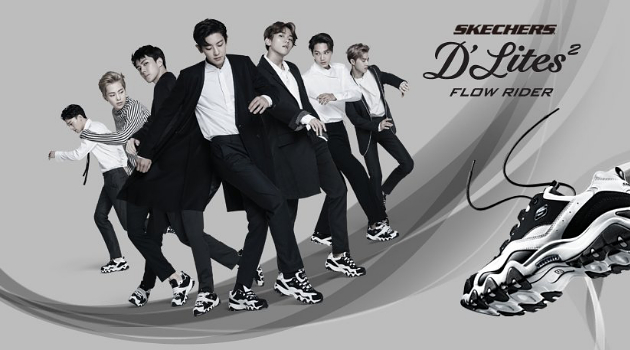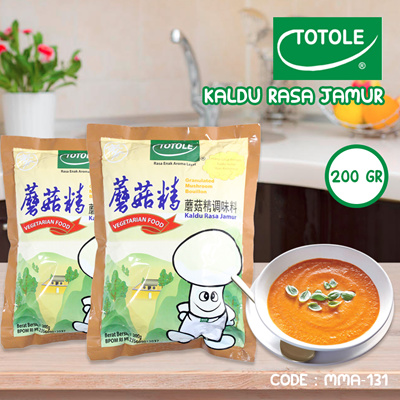basic persuasion techniques
Basic persuasion techniques
1. Association This persuasion technique tries to link a product, service, or idea with something already liked or desired by the target audience, such as fun, pleasure, beauty, security, intimacy, success, wealth, etc. The media message doesn’t make explicit claims that you’ll get these things; the association is implied. Association can be a very powerful technique.
EXAMPLE :


2. Bandwagon Many ads show lots of people using the product, implying that "everyone is doing it" (or at least, "all the cool people are doing it"). No one likes to be left out or left behind, and these ads urge us to "jump on the bandwagon.” Politicians use the same technique when they say, "The American people want..." How do they know
EXAMPLE :


3. Beautiful people uses good-looking models (who may also be celebrities) to attract our attention. This technique is extremely common in ads, which may also imply (but never promise!) that we’ll look like the models if we use the product.
EXAMPLE :

4. Bribery This technique tries to persuade us to buy a product by promising to give us something else, like a discount, a rebate, a coupon, or a "free gift.”
EXAMPLE :


5. Celebrities is the fame and public attention accorded by the mass media to individuals or groups or, occasionally, animals, but is usually applied to the persons or groups of people (celebrity couples, families, etc.) themselves who receive such a status of fame and attention. Celebrity status is often associated with wealth (commonly referred to as fame and fortune), while fame often provides opportunities to earn revenue.
EXAMPLE :


6. Experts is someone who has a prolonged or intense experience through practice and education in a particular field
EXAMPLE :


7. Explicit claims Something is "explicit" if it is directly, fully, and/or clearly expressed or demonstrated. For example, some ads state the price of a product, the main ingredients, where it was made, or the number of items in the package – these are explicit claims.
EXAMPLE :


8. Fear is a feeling induced by perceived danger or threat that occurs in certain types of organisms, which causes a change in metabolic and organ functions and ultimately a change in behavior, such as fleeing, hiding, or freezing from perceived traumatic events.
EXAMPLE :


9. Humor Many ads use humor because it grabs our attention and it’s a powerful persuasion technique. When we laugh, we feel good. Advertisers make us laugh and then show us their product or logo because they’re trying to connect that good feeling to their product.
EXAMPLE :


10. Intensity The language of ads is full of intensifiers, including superlatives (greatest, best, most, fastest, lowest prices), comparatives (more, better than, improved, increased, fewer calories), hyperbole (amazing, incredible, forever), exaggeration, and many other ways to hype the product.
EXAMPLE :


11. Maybe Unproven, exaggerated or outrageous claims are commonly preceded by "weasel words" such as may, might, can, could, some, many, often, virtually, as many as, or up to.
EXAMPLE :


12. plain folks This technique works because we may believe a "regular person" more than an intellectual or a highly-paid celebrity. It’s often used to sell everyday products like laundry detergent because we can more easily see ourselves using the product, too. The Plain folks technique strengthens the down-home, "authentic" image of products like pickup trucks and politicians.
EXAMPLE :


13. Repetition. Advertisers use repetition in two ways: Within an ad or advocacy message, words, sounds or images may be repeated to reinforce the main point. And the message itself (a TV commercial, a billboard, a website banner ad) may be displayed many times.
EXAMPLE :


14. Testimonials Media messages often show people testifying about the value or quality of a product, or endorsing an idea.
EXAMPLE :


15. Warm & fuzzy This technique uses sentimental images (especially of families, kids and animals) to stimulate feelings of pleasure, comfort, and delight. It may also include the use of soothing music, pleasant voices, and evocative words like "cozy" or "cuddly.”
EXAMPLE :



Komentar
Posting Komentar